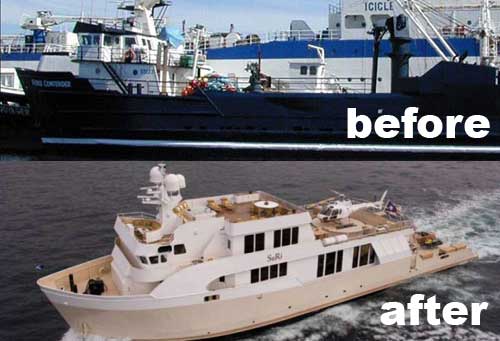The launch of yacht OK has prompted me to update this piece about yachting differently. It was originally written following the launch of RAGNAR, a conversion from an ice-breaking PSV (platform supply vessel) into an exploration luxury yacht.
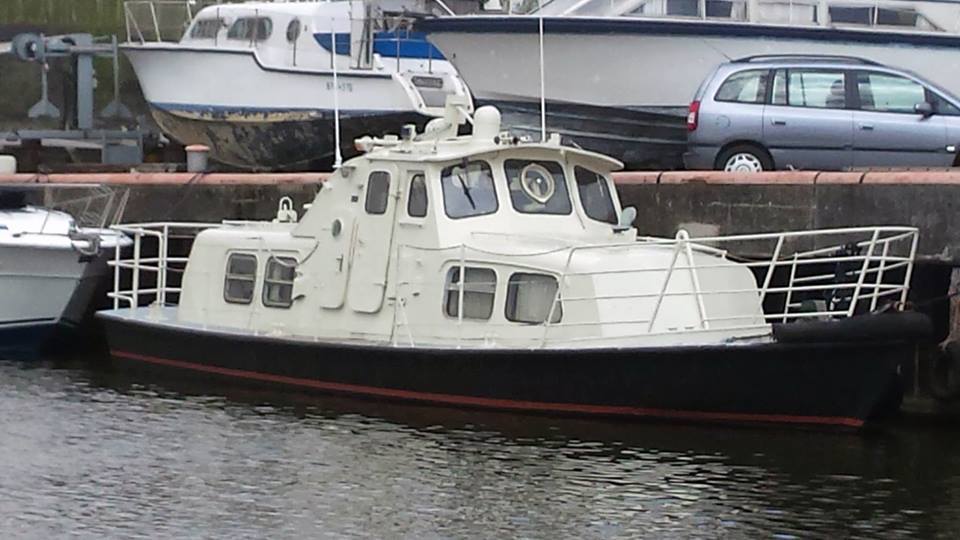
As a youngster sailing with the sea cadets, I often saw ex workboats being used as yachts in our northern waters. The boats the cadets used were mostly repurposed patrol boats, tugs, anything large enough to hold a lot of young people in camping conditions and were not too expensive to operate.
A huge boat for little money!
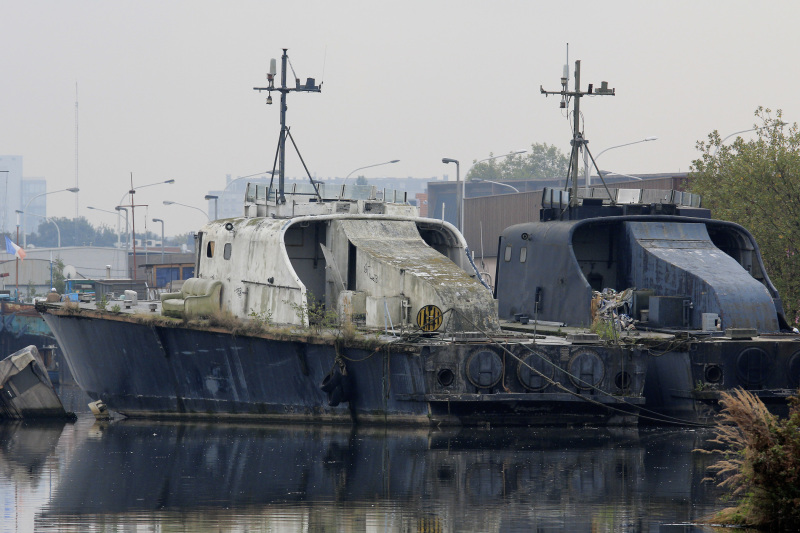
I saw many people start a project with a dream, buy a workboat for a song, fail, try to sell, and finally the project would die and the owner be the poorer for it. Others, though, made it, mainly because they were realistic about the costs and size of the boat. They ended up with something that was not standard, often bigger than what they could afford as new build or even second hand yacht. They thoroughly enjoyed the boat and ignored any comments from outside.
Translated in our today world of glitter and glamour, I sometimes still see people smirk at similar endeavours, albeit on a larger scale. Let me give you a few examples of things that have worked well:
1. Quite unusual.

This conversion of a large fishing vessel is definitely not following the canons of proper looks. She has a huge swimming pool/tender dock with landing barge style aft door. The master cabin is in the wooden structure on top of it. What do you think?
2. Efficient and fast to build.
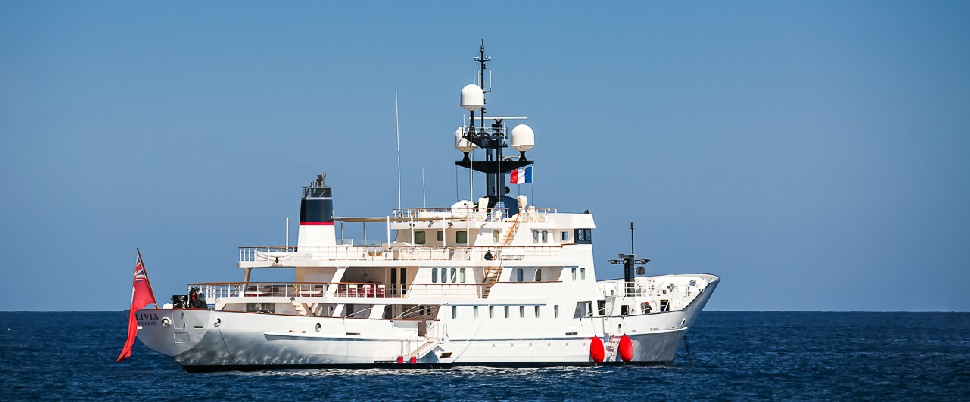
These two yachts had extensive interior refitting but the outside was barely altered. The result is that most changes are cosmetic and do not require structural dismantling. An additional perk kicks in when there are no class sensitive alterations requiring plan approval.
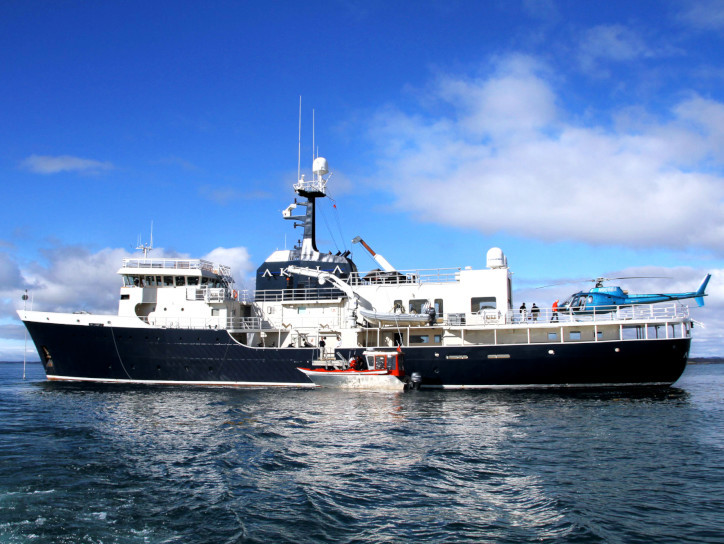
It is not always possible to keep it down to cosmetics. In some workboats, spaces such as the engine and technical rooms take much more space than actually needed by the yacht
3. Functional.
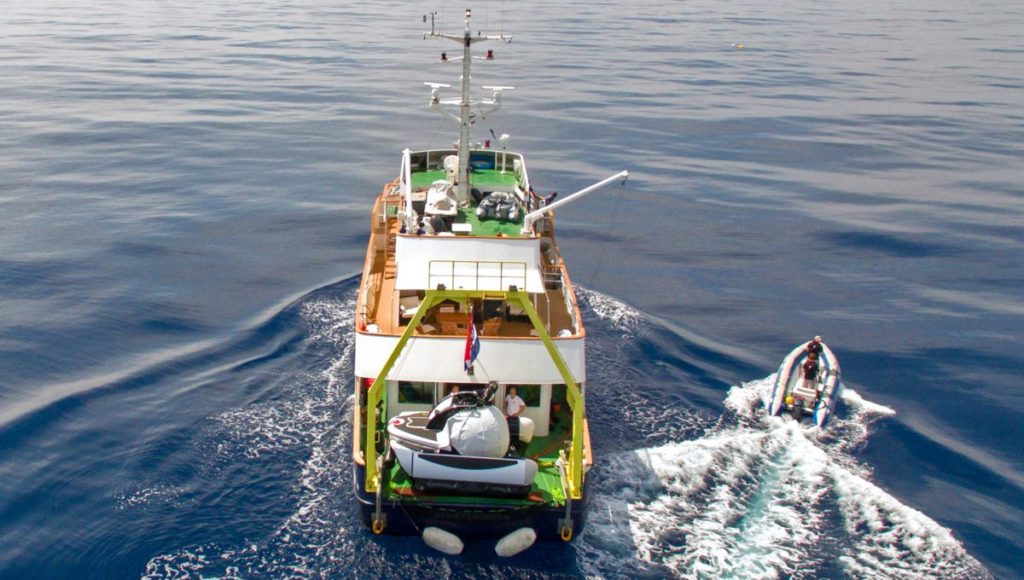
Sometimes, the repurposed boat remains covering part of its prior function. ALK, while sometimes used as a yacht, is principally the submarine tender and training ship of U-Boat Works. SARSEN was used as an exploration yacht, but also chartered out to scientific projects in which she would have mostly professionals on board.
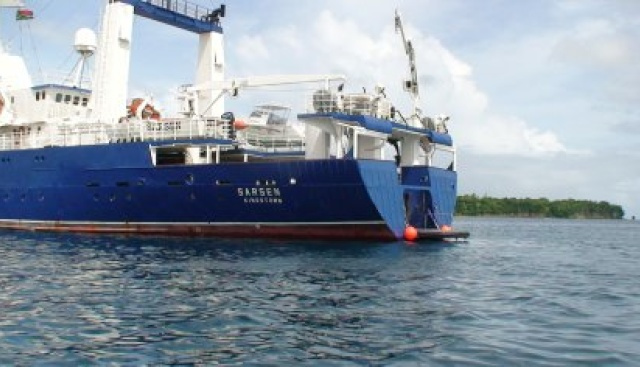
Incentives and consequences.
Clearly the incentive to make a conversion that is not as extensive as that of RAGNAR is fast delivery and reduced cost. It is not uncommon though for such a project to drift into further refining and end up being as lengthy or as expensive as a new build with the same finish.
What you accept when undertaking such a project is instant devaluation. There is little to no chance that the final result will be attractive to a new buyer in the same state or configuration. One must thus accept that the yacht can possibly only be sold-on at the price the original conversion object was purchased, if that. Most of the cost done in the refit are probably forfeited.
The newly launched yacht OK is another bold step towards re-thinking the way we look at yachting. We may remember the attempts to convert “Black Diamond”, a former AHTS into a kind of floating disco and party venue. OK takes the notion a whole lot further. She is built from a former semi-submersible transport vessel (the same kind as those carrying yachts across oceans between seasons).
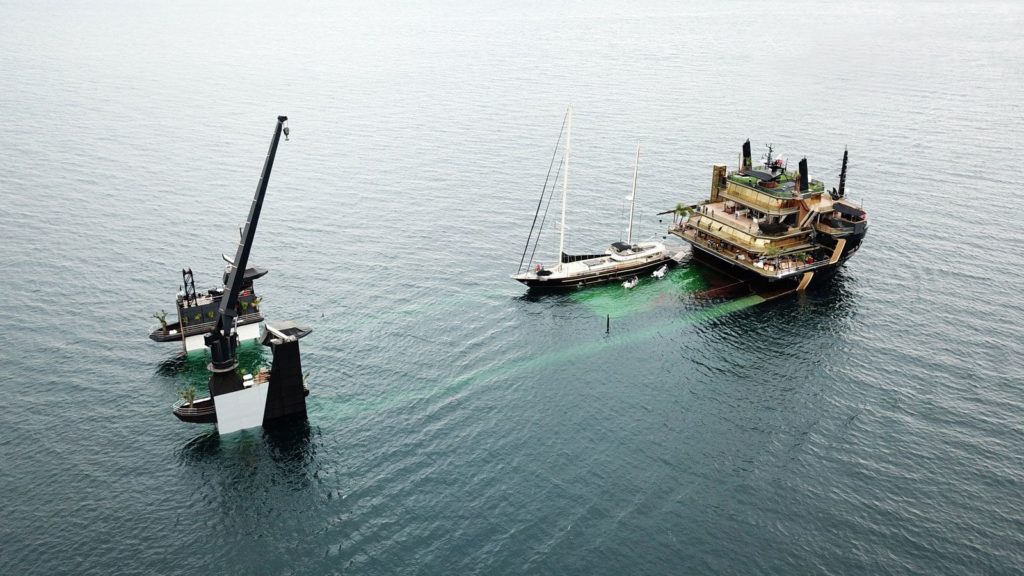
The yacht remains semi submersible to load and offload another yacht or heavy tenders, or even a large floatplane or flying boat. The 40 ton crane allows handling of “smaller” toys without having to submerge the deck. One cannot disturb the tennis game after all.
As we see, the old trend of converting older boats without obeying the “canons” of the yachting industry is still going strong. While it may not yet prevail over traditional new build, two elements must be considered: The customers want more and more experience rather than just a status symbol, and consequently, the traditional ownership models may come to shift in the coming decade, forcing the industry to think into different financial profiles for new yachts.

